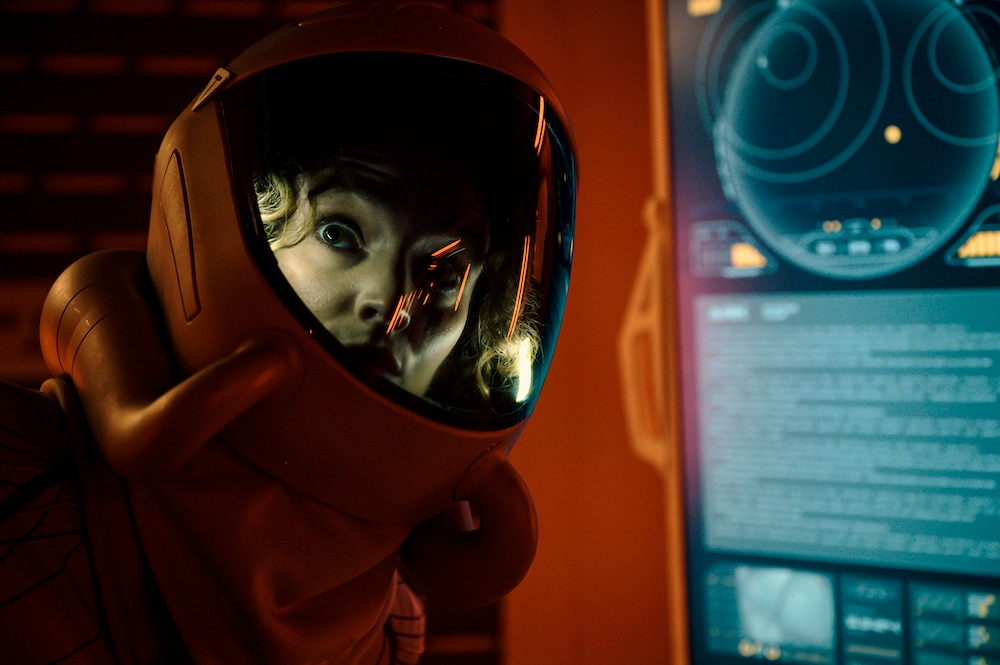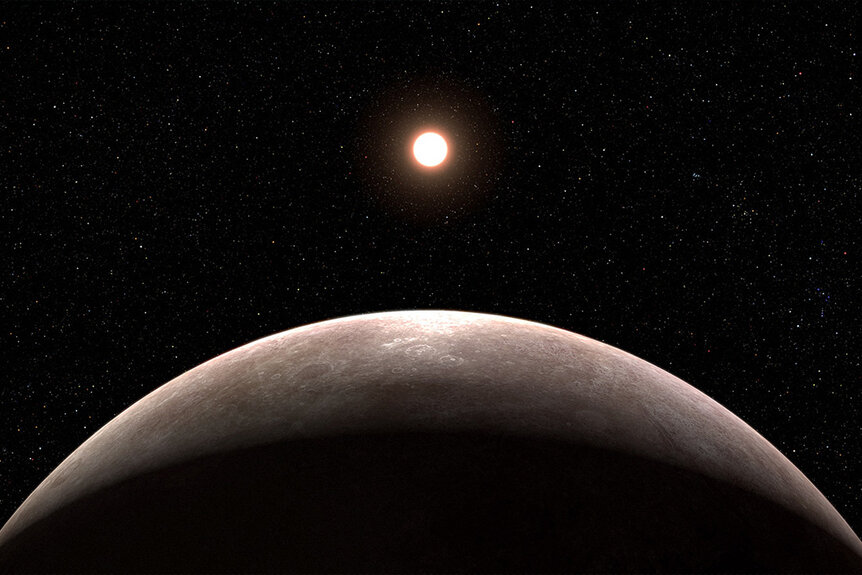Create a free profile to get unlimited access to exclusive videos, sweepstakes, and more!
The JWST bagged its first exoplanet, a sweltering Earth-sized world
There are more worlds than these.

For years without count, we thought that the Earth was all there was. The Sun and the Moon were merely lights in the sky, one for daytime and one for night. And the stars, they were gods or heroes or lost loved ones. Over the centuries, as we’ve learned more about our universe, the horizon keeps on stretching into the distance. We became a part of a solar system, then a galaxy, then a universe.
With each step our reality grew larger until it became clear that the Earth is not all there is. In fact, it’s only one world in a staggeringly large, possibly infinite, number of worlds. And, with very good or very bad luck, we might one day get to visit some of those worlds. The Ark, SYFY’s upcoming science fiction series, follows the crew of the Ark One as they struggle for survival in the endless emptiness of space while searching for their own habitable planet. Their luck was of the bad variety, forced to leave Earth on the last lifeboat for another planet.
RELATED: 'The Ark': Get a first look at the space explorers of Dean Devlin's new SYFY original series
With any luck, the Earth will remain our home and safe haven in the cosmos for as long as we need it, but if we did need to leave for another world, we would want as many candidate planets to choose from as possible. To that end, humanity has bent every tool in its tool belt toward the discovery of other planets and now, the James Webb Space Telescope (JWST) has bagged its first planetary prize. The results were presented Wednesday, Jan. 11, at a press conference of the American Astronomical Society.
According to a statement from NASA, the space-based observatory confirmed the existence of a planet roughly 41 light years from Earth, practically next door to us, cosmically speaking. Prior observations using NASA’s Transiting Exoplanet Survey Satellite (TESS) suggested the presence of several potential exoplanets in need of confirmation. Astronomers chose from among that selection for Webb’s first exoplanet observations.
The world in question, dubbed LHS 475 b, was confirmed after only two transits in front of its parent red dwarf star. It’s roughly the size of Earth, with a diameter 99% as wide as the Earth, but that’s just about where the similarities end. Scientists estimate that the surface of LHS 475 b is a sweltering several hundred degrees Fahrenheit, owing to how close it orbits. While red dwarf stars are cooler than the Sun, LHS 475 b orbits closely enough to complete a circuit every two days. At that close distance, even a relatively cool star can get pretty toasty.
This discovery confirms that the JWST is a well-rounded space-based observatory, capable of detecting and observing all manner of objects. In its relatively short lifespan so far, the telescope has already gazed into the deepest fringes of the universe and showcased our own solar system neighbors in incredible detail. This latest discovery demonstrates that the JWST can also hold its own in the exoplanetary discovery space.
Moreover, according to NASA, the JWST is the only observatory in their arsenal capable of not only discovering new exoplanets but also characterizing their atmospheres. That’s something scientists attempted to do with LHS 475 b and while they weren’t able to determine definitively what sort of atmosphere it has, they were able to eliminate a few things. It’s impossible, for instance, for the world to have a methane-based environment. In fact, it’s possible it has no atmosphere at all. However, scientists believe it does have an atmosphere, probably a compact one made of carbon dioxide, but we’ll need additional observations to be sure.
“We’re at the forefront of studying small, rocky exoplanets. We have barely begun scratching the surface of what their atmospheres might be like,” said Jacob Lustig-Yaeger, a researcher from the Johns Hopkins University Applied Physics Laboratory, and one of the study authors, in a statement.
It’s true that this particular world doesn’t look like the sort we would want to live on, but maybe the next one will be, or the one after that. Tools like Webb not only expand our ability to find other points on the map, but also to describe them in increasing detail. The groundwork of incredible future discovery is being laid down today. And there’s no telling what we’ll find tomorrow.
Travel to a new world in The Ark, premiering Feb. 1 on SYFY.































